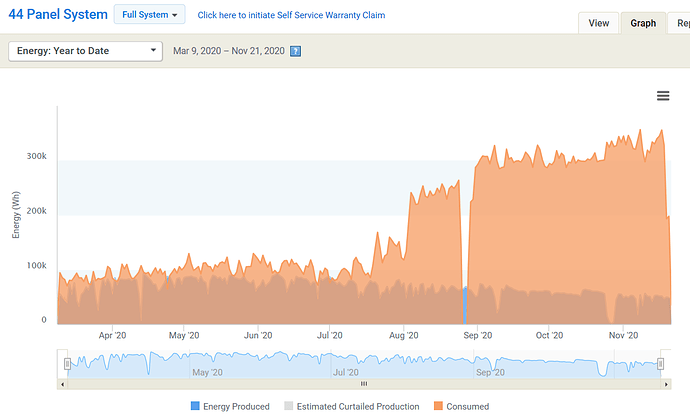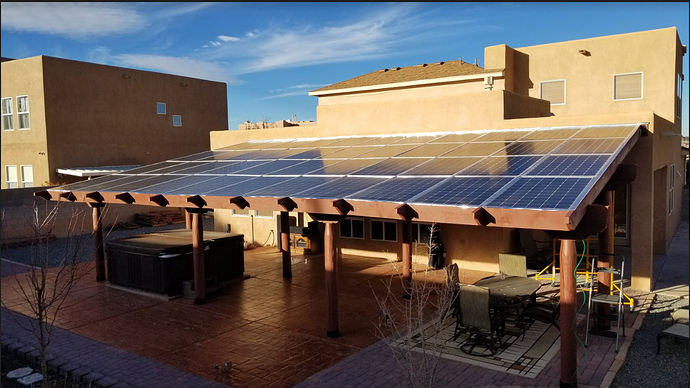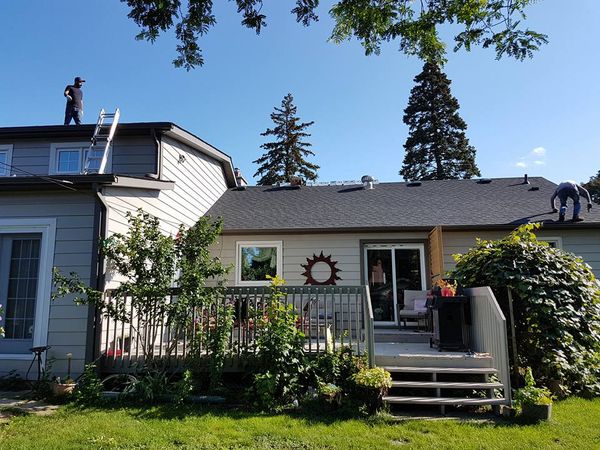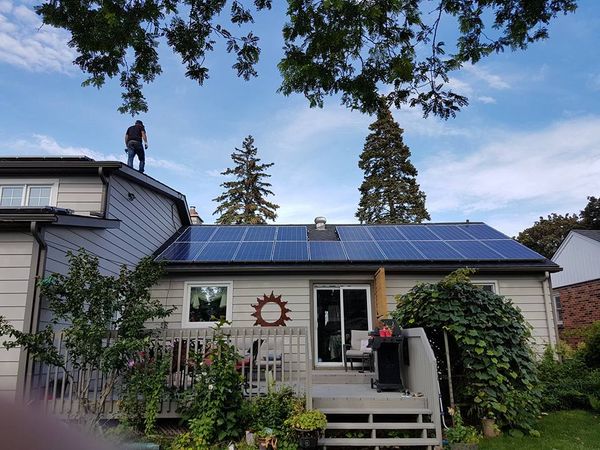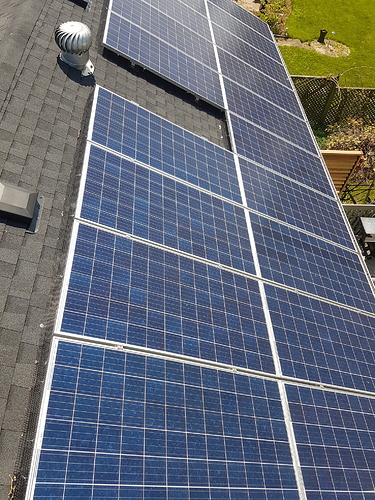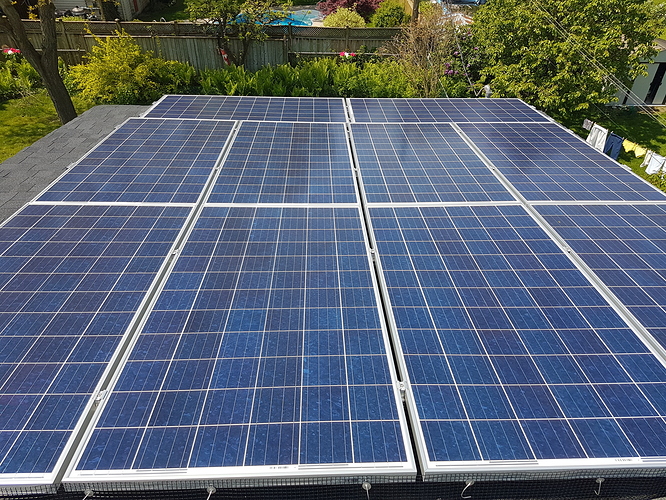Finally building the solar-powered VoskCoin mining farm!
First, I’m sure you’re impressed with my lovely graphic design above showing our rough solar mining farm build plan LOL! The goal is pretty simple here, huge believer in Bitcoin, Ethereum, cryptocurrency, and blockchain technology.
This will be a rolling thread, basically, that just means that I will be consistently updating it with more information as it becomes available to us or simply when decisions are made.
The initial goal is to create a solar setup that provides a consistent 10,000 watts during the day.
To provide a bit of a background, I’ve always been infatuated with “off the grid” style things, but after meeting Peter aka CrazyDane and touring his solar powered crypto mining farm, I was absolutely inspired to build something similar!
You can watch our original crazydane solar mining farm video tour here
You can also watch our much better quality UPDATED solar mining farm video tour of his here!
Some key notes about our solar build
- It will be built in Virginia
- Long-term play, eventually, someday, one day, it will pay off
- Ideally, I’d like to break even in 3 years or less
- I will DIY the install to the best of my ability
- I’m not interested in more than ~200 amps of usable power
- The goal is to have the first phase of this completed by the end of 2021
- I’m interested in bang for buck solar power panels and gear
- I will use a combination of GPU, ASIC, and FPGA mining rigs in this farm
Solar Panels and inverters
Solar panels are a pretty important aspect, right? I still haven’t determined an exact model, I am planning to do a set up like CrazyDane did with his because this makes the panels easier to maintain and clean, it’s also a relatively cheap way to deploy them.
We plan to use string inverters, again like shown in CrazyDanes video solar farm tour.
For a solar inverter, we are currently considering using Sunny Boy’s
Solar power tax advantages and write-off’s
These fluctuate, but naturally, we plan to take advantage of every write-off possible. There are national programs as well as state-wide programs, again, we are in Virginia and plan to explore this further.
Just read this article, and unless this changes soon 2021 is the last “best” year to buy solar panels!
Batteries?!
I am worried that batteries will add a lot of cost and maintenance to this project, to be honest I would rather have the miners simply power off when the sun fades to add less stress to my life! Currently seeking more input on this subject to determine what is the best financial decision here that also keeps this a low-maintenance project.
Random solar-powered mining farm notes
I’d like to set up a Tesla power wall, I think they’re super cool. I would also like to run our home off of solar power as well
Here’s a reply from the solar mining legend CrazyDane aka Peter
"Hey Drew,
So this is the string inverter I used to the two newest arrays. Cost is $1,580.06 currently and I think they do free shipping.
As for the panels, if I was to pick some up now, I would go with these:
310 Watts each, so 24 of them would be a good match to the above converter. Price is $164.30 each, so cost for 24 of them would come to $3943.20.
So grand total would be $5,523.26 plus shipping. To that you would need to add the mounting, be it roof or ground mount. There would also be the cost of wiring. All together that would probably add between 15 – 25% to the total.
Don’t forget the 30% federal tax credit, although that will be slowly going away over the next several years.
Let me know if you have any other questions.
Peter"
11.20.20 Video update of my rough plans for the solar mining farm
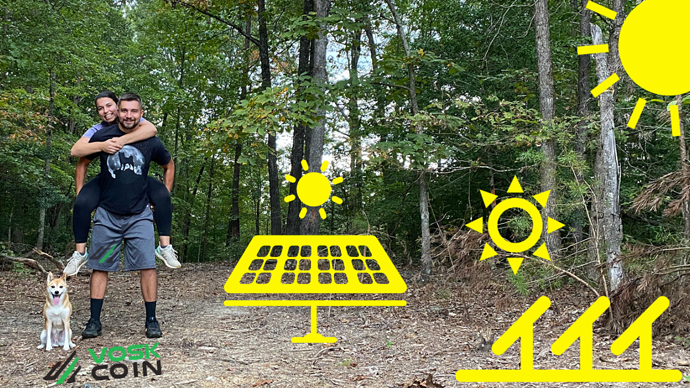
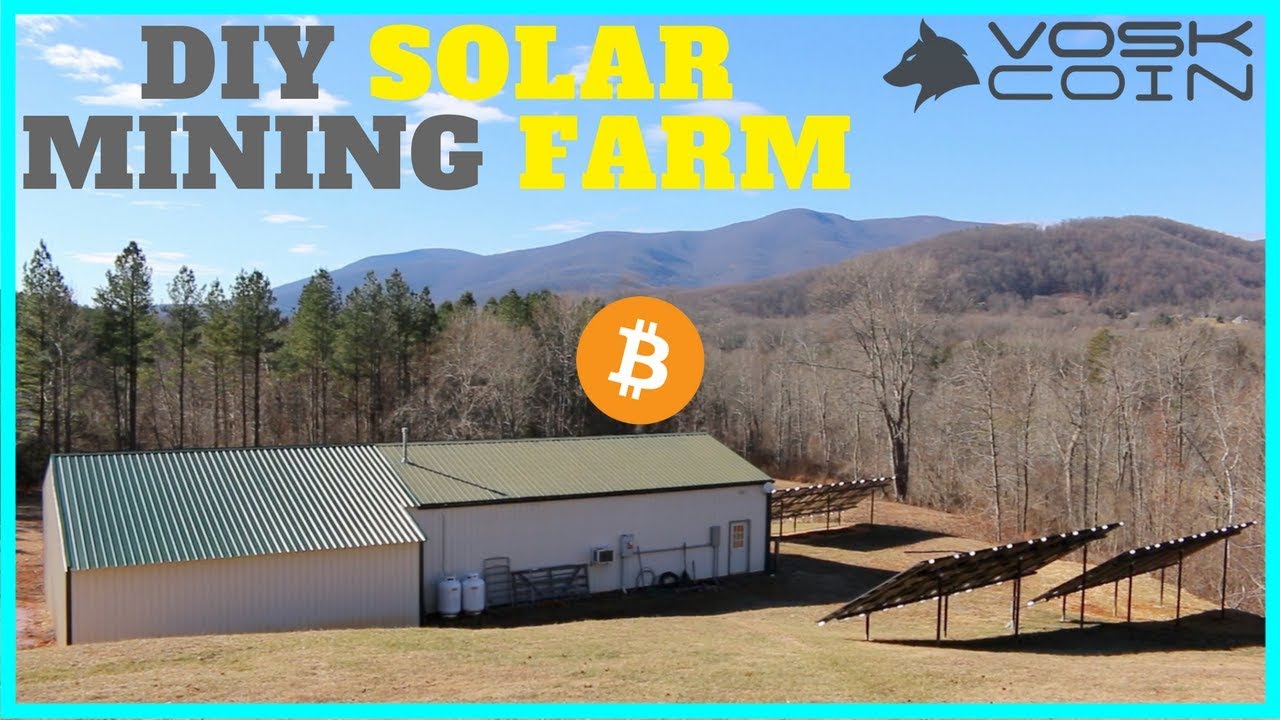
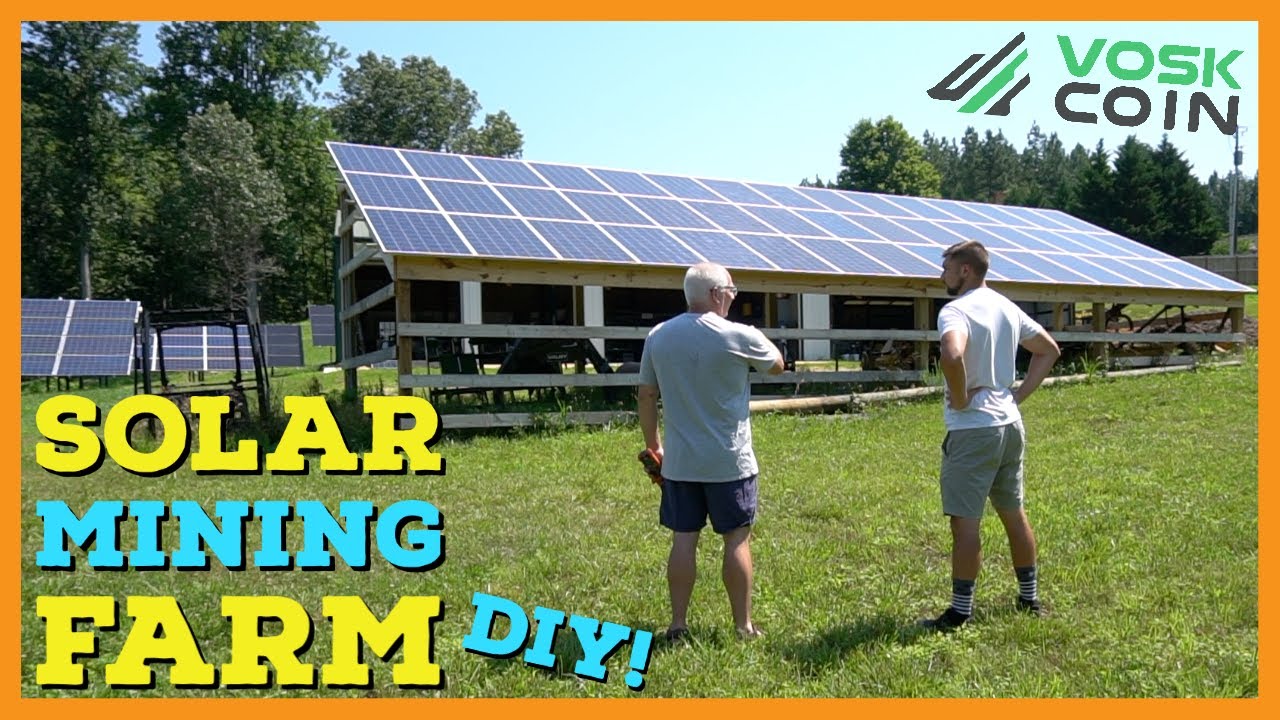
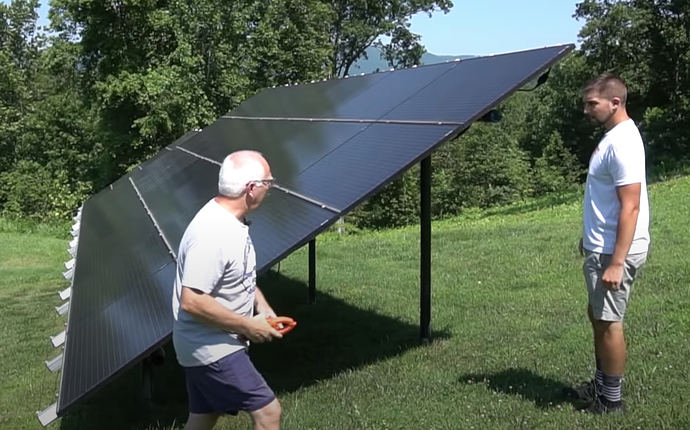
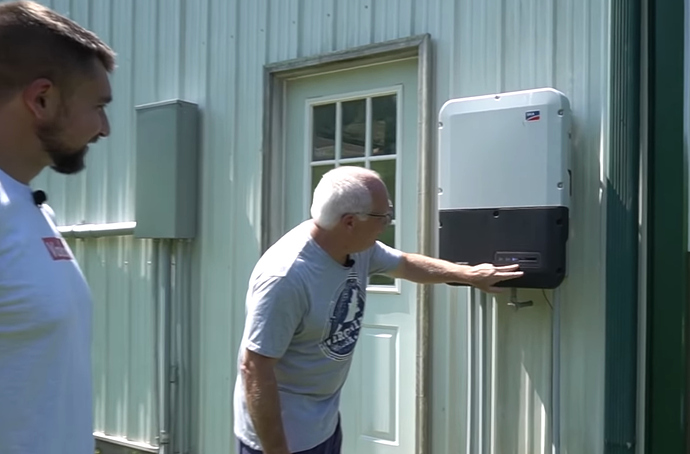
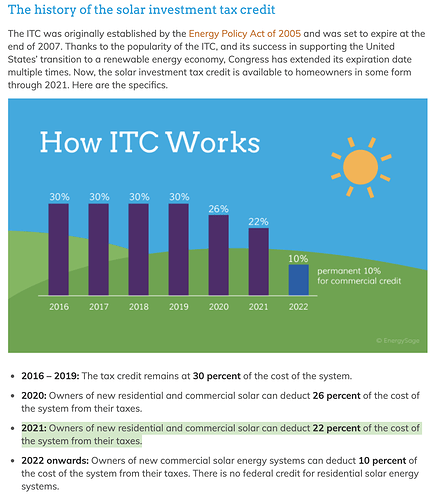
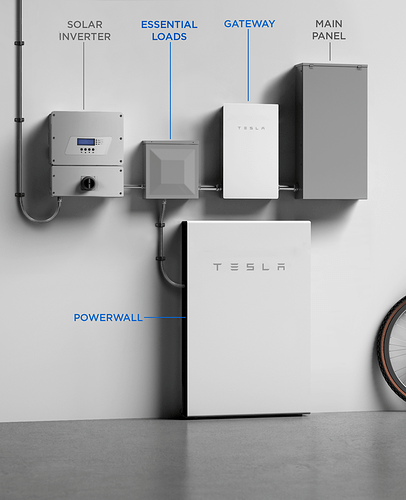
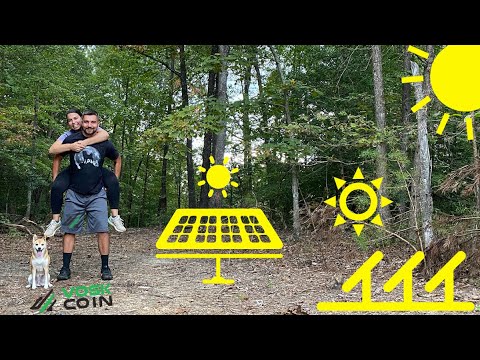
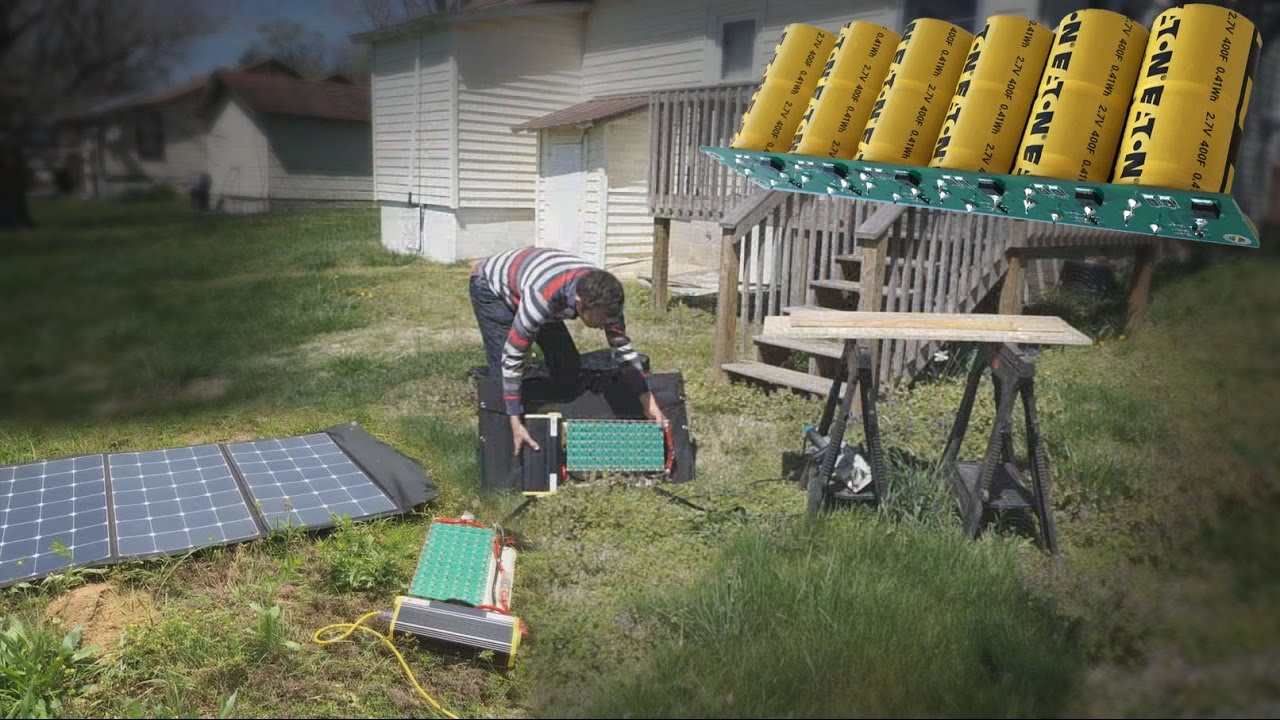
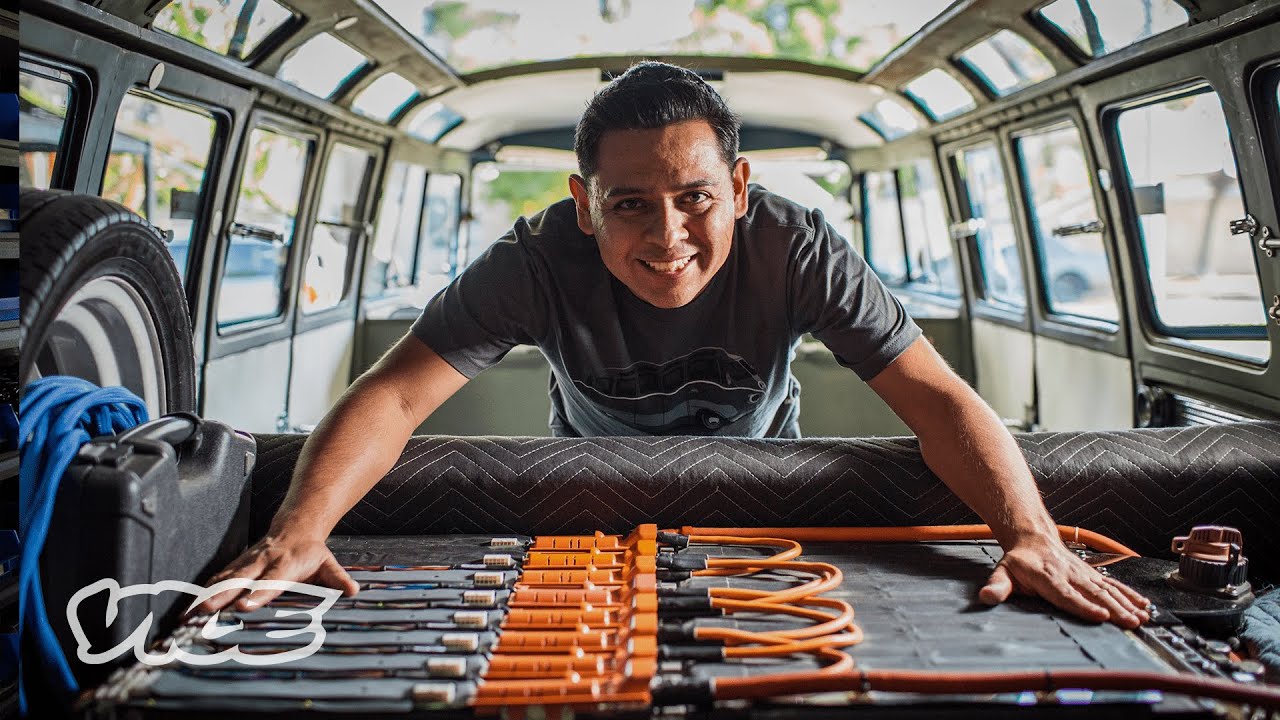
 (was sent to me via email previously)
(was sent to me via email previously)